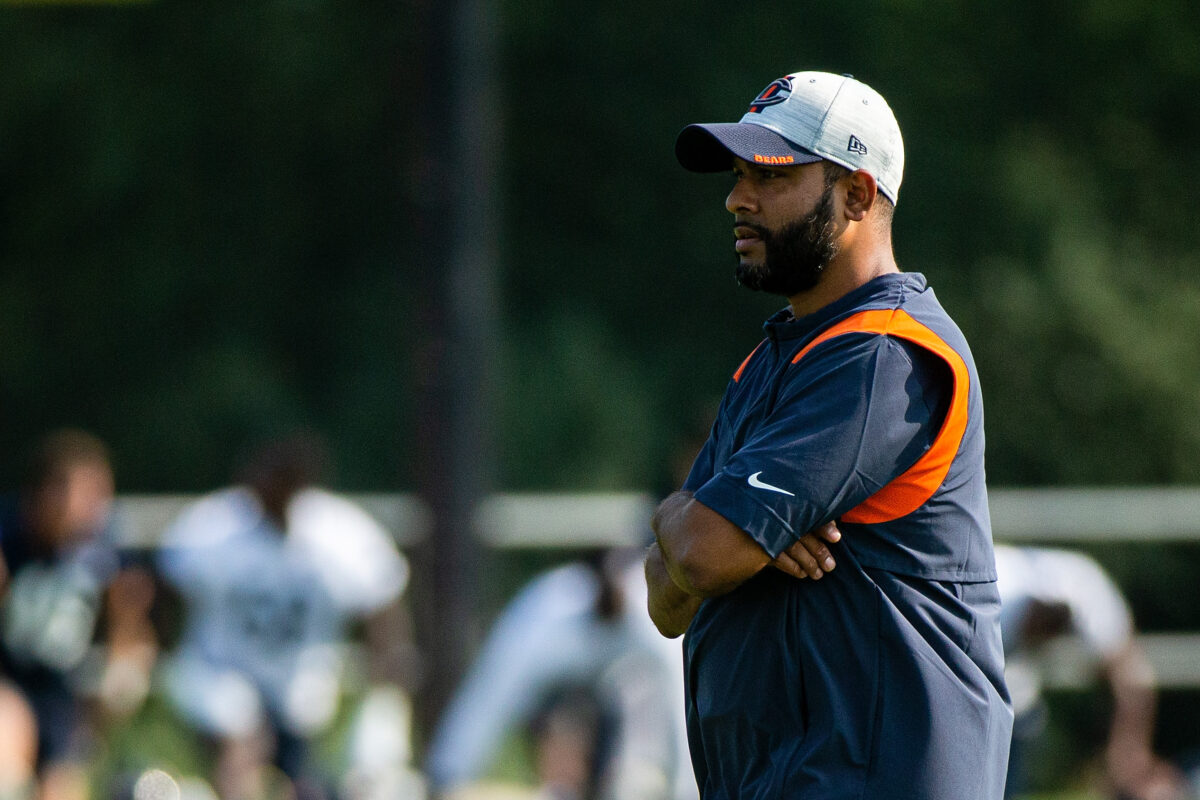The Seattle Seahawks added associate defensive head coach Sean Desai to the staff this year from the Bears where he had spent nearly a decade, first as Chicago’s defensive quality control coach, then safeties coach, then finally one season as the defensive coordinator.
Asked by reporters last week what drew him to the Emerald City to work with head coach Pete Carroll, his answer was quick.
“I mean, jeez, what doesn’t attract you?” Desai said Tuesday. “I’m a young coach, he’s a guy that I’ve studied from afar for a long time, his philosophies, his approach, from his books to his podcasts, everything that he has done throughout his career. For me, the tangible things were USC and then here when I was coming up. It’s just been remarkable, the sustained success that he’s had over time and to be able to learn from someone like that is hard to pass up on.”
Desai is no dummy himself, having earned his master’s and then doctorate in educational administration before entering the full-time coaching ranks. A student of the game, he will never stop trying to learn new tricks.
“Yeah, obviously one of the big things is the culture and the energy that Coach has always talked about,” Desai explained. “From an outside perspective, being around a lot of different coaches, you always wonder, ‘Hey, is that thing real? Is the juice real? Is what he’s talking about real?’ Then you sit in here on day one of meetings and you realize how real it is, and you realize how and why he’s had the success that he’s had in his career.”
As a defensive-minded coach, his plan is to be a resource for defensive coordinator Clint Hurtt, bringing his own experiences in the NFL over the last nine years to the table.
“To me, it’s about bringing information down that’s relatable to the player,” Desai said. ‘We have to try to make some complex things simple, but they have to understand the depth of it. You have to open their eyes and their ears and give them different looks and try to relate to them, so they understand the information you’re trying to get to them. Then give them the ‘why.’
“I don’t think you can get messages across without giving them the ‘why.”
[lawrence-related id=90414]
[listicle id=90496]
